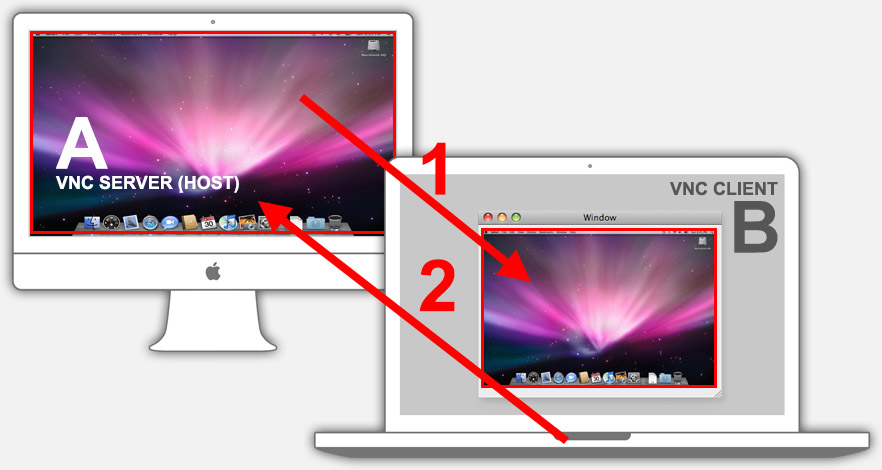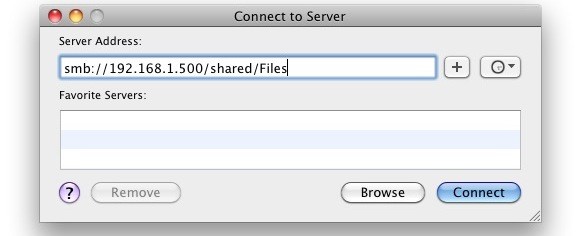



Please help improve this article by adding citations to reliable sources. Dedicated NAS devices usually support NFS when enabled, which could yield a better performance than SMB.This article needs additional citations for verification. In a pinch one can try to use WebDAV, but WebDAV has a rather poor performance even when used in local networks.
MAC OS X SLOW SMB BROWSING 2017 WINDOWS
A problem is that SMB and WebDAV are the only protocols that Windows supports natively, whereas macOS supports all the protocols named above natively, thus it's required to resort to third party products to teach Windows alternative protocols. Switching the protocol may help, as especially SMB/CIFS doesn't work very well over Internet lines with bigger latency and if it has to fall back to an older protocol version (one older than SMB 3.0), it will be a catastrophe (up to not working at all anymore).
MAC OS X SLOW SMB BROWSING 2017 DOWNLOAD
Improving upload bandwidth will always help if such an option does exist as if bandwidth is the problem, it's almost always upload and not download bandwidth. There is nothing users can do to improve latency. Unfortunately there is little that can be done about these problems. Please note that none of these is the fault of the VPN itself, even when running these protocols over the same Internet line without any VPN, the results would only be marginally better or not better at all. Issues to expect: Slow to very slow directory browsing (because of the large latency), copying a file from remote is slow (limited by the upload of the other side), copying a file to remote is slow (limited by the upload of the local side), directly opening a file directly is even slower (caused by limited upload bandwidth but also large latency and small packet sizes can play a role), and file access failures are possible (caused by packet loss and/or data corruptions). Some of the protocols above can cope better with these conditions than others. Contrary to that, Internet connections offer a lot less bandwidth, usually asymmetric (much more download than upload) and the Internet has a rather high, very fluctuating latency, typically at leas some packet loss, data corruption can happen as well and the maximum transmission unit size can be much lower and is subject to change at any time even during an active transmission. Local networks typically offer a high amount of symmetric (upload equals download) bandwidth, very low and stable latency, very litte packet loss, almost no data corruption and a rather high and always constant maximum transmission unit size (MTU). This can often lead to issues when using these protocols over a VPN connection.Ī VPN connection typically runs over the Internet and the Internet has quite different network characteristics than a company or home network. All these protocols, except for WebDAV, have originally been designed to access files hosted on a file server located in the same network as the client accessing it. As of 2018, the most common protocols are SMB/CIFS (default for Windows and macOS 10.9 or newer), AFP (default for macOS prior to 10.9), NFS (default for Linux and most UNIX operating system), WebDAV (based on HTTP, vendor neutral).

To access volumes and files hosted on a file server, one of several available distributed file system protocols must be used.


 0 kommentar(er)
0 kommentar(er)
